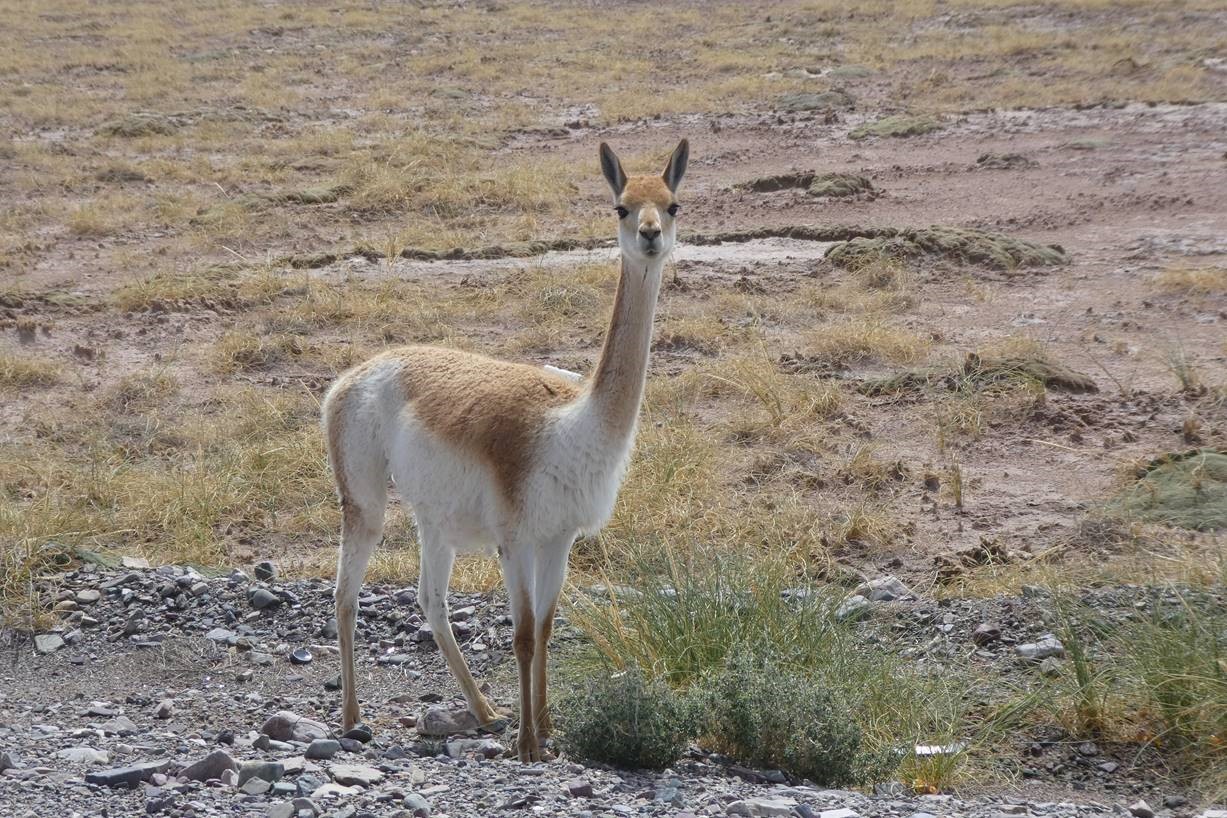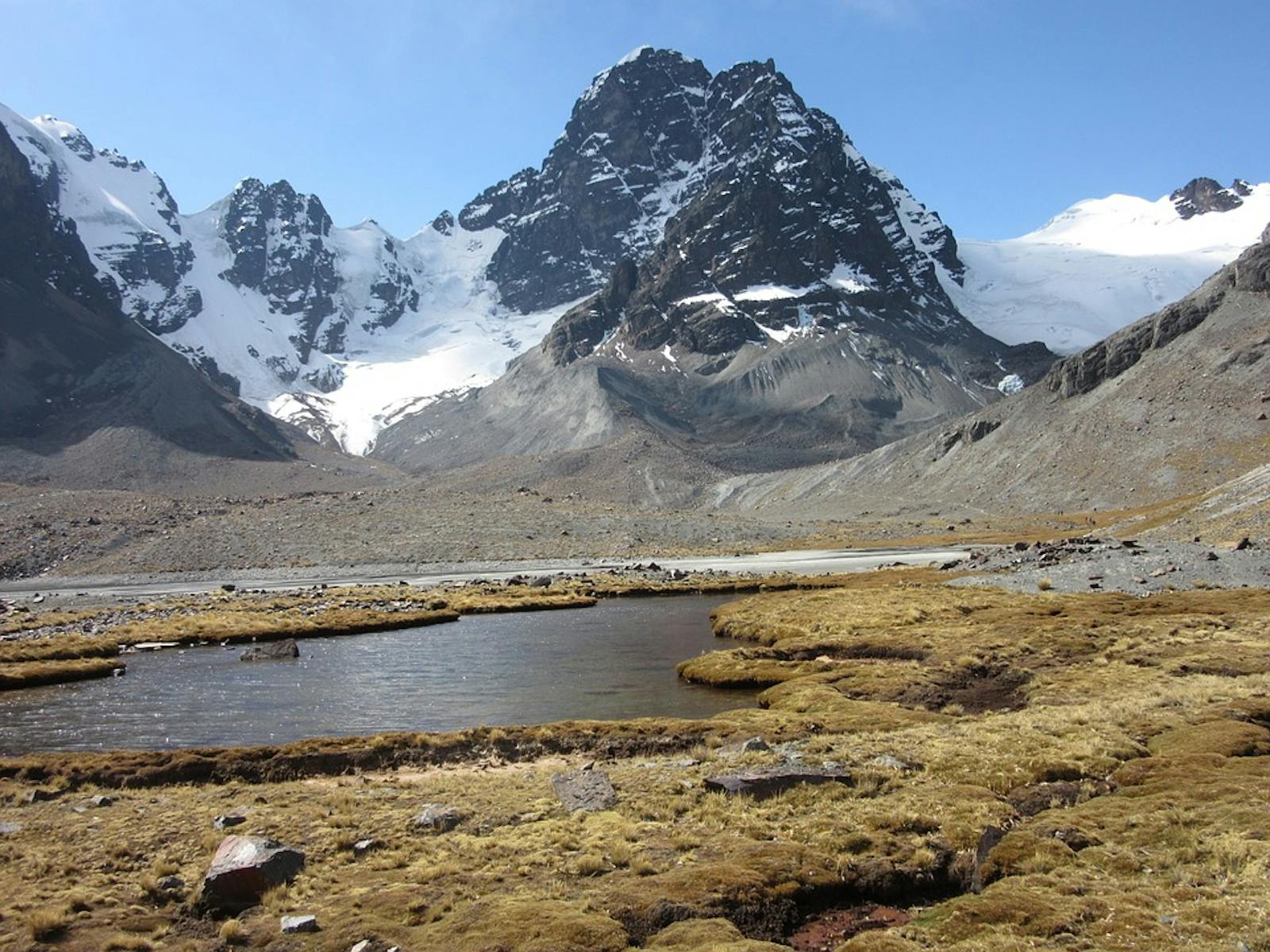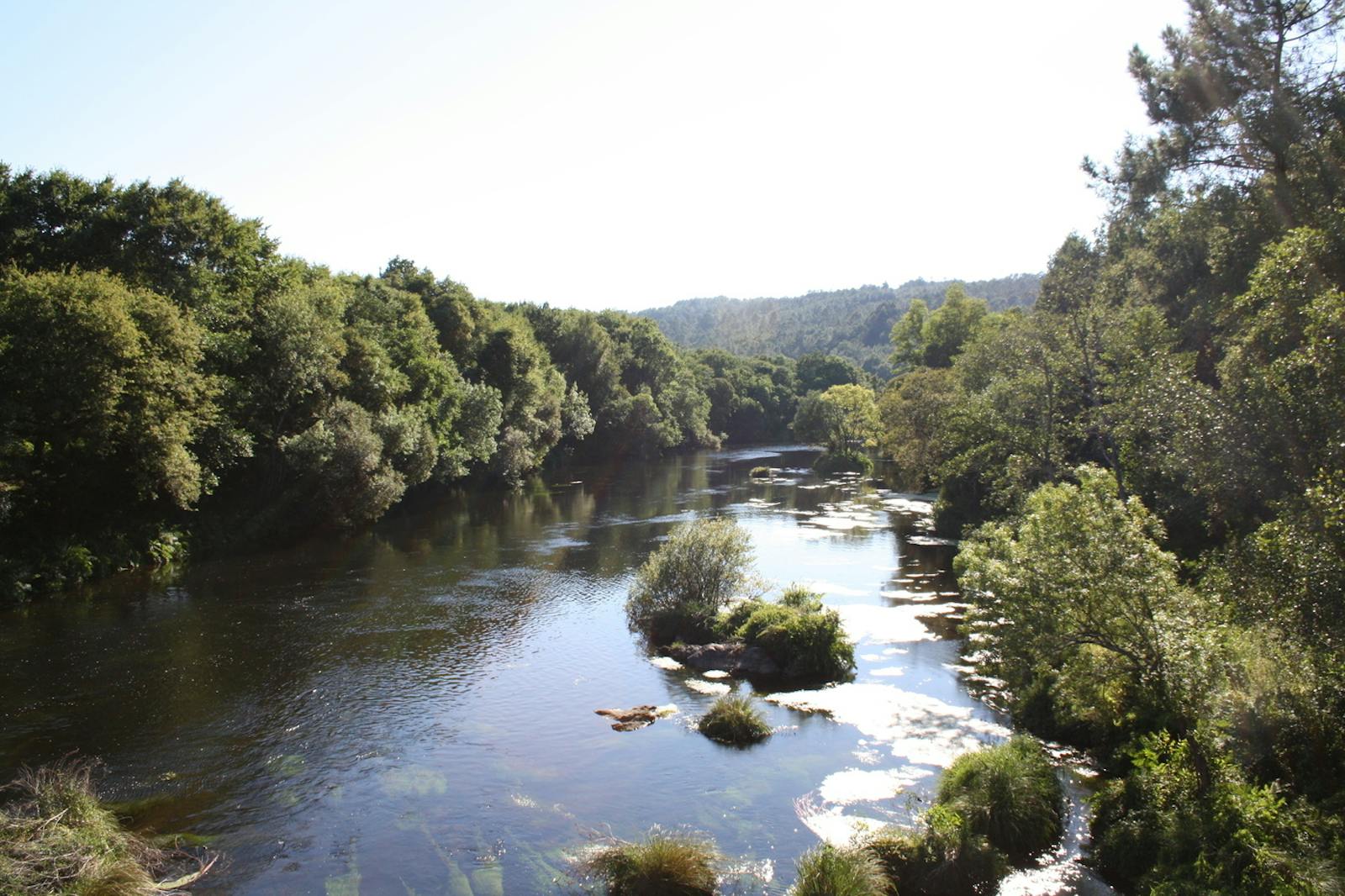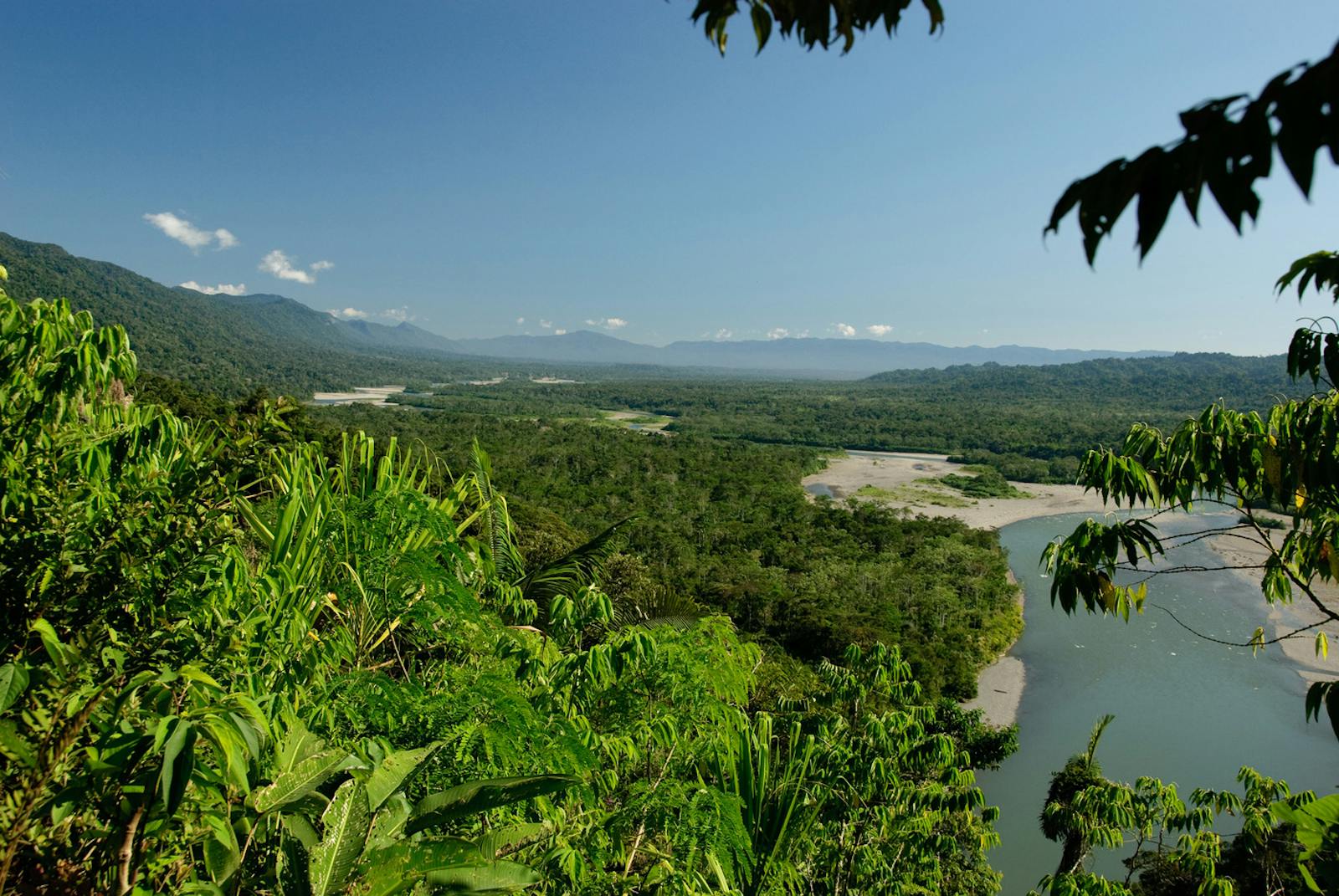Central Andean Wet Puna
The ecoregion’s land area is provided in units of 1,000 hectares. The conservation target is the Global Safety Net (GSN1) area for the given ecoregion. The protection level indicates the percentage of the GSN goal that is currently protected on a scale of 0-10. N/A means data is not available at this time.
Bioregion: Andean Mountain Grasslands (NT5)
Realm: Southern America
Ecoregion Size (1000 ha):
11,757
Ecoregion ID:
589
Conservation Target:
22%
Protection Level:
8
States: Peru, Bolivia
The Central Andean Wet Puna ecoregion is home to the critically endangered royal cinclodes. This bird forages almost exclusively off mossy boulders, using its curved beak to look for food. Royal cinclodes is uniquely a habitat specialist, and only occurs in a narrow band of forest along the flanks of the Andes dominated by Polylepis trees.
They can be seen in forest patches below and between the glacier’s terminus hunting for insects in the moss. Pairs will often nest on the cliffs in areas surrounding the interface between glaciers and forest. Threatened by habitat loss and alteration, less than 250 of them are left in the world, and their survival depends critically on the protection and recovery of the remaining Polylepis forests.
.jpg)
The flagship species of the Central Andean Wet Puna ecoregion is the royal cinclodes. Image credit: John Irvine, Flickr.
The Central Andean Wet Puna ecoregion is located in the Andean Mountains of Peru and eastern Bolivia, with landscapes filled with snow-capped peaks, mountain grasslands, high lakes, plateaus, and valleys. Summer by day and winter by night, wildlife and human in this ecoregion alike must cope with dramatic temperature changes in its high regions and 8 months of wet season in its lower regions.
It includes three subregions: the high Andean puna (4,200–5,000 m), wet puna (3,700–4,200 m), and wet montane grassland (eastern section 3,800–4,200 m). It holds the highest lake in the world at an elevation of 3,800 m, with rainfall of 500–700 mm and temperatures of 5–7ºC.

Guanaco. Image credit: Creative Commons
There are approximately 1,000–1,500 vascular plant species accounted for on the Peruvian side of the wet puna. Endemic plants that have their centers of diversity in this ecoregion include Culcitium spp., Perezia spp., and Polylepis spp. Above 4,000 m, floating submerged cushion plants (bofedales) make up the wet vegetation community. Trees in the area are Buddleja coriacea and Polylepis spp. Puya raimondii, a giant rosette plant, is also common in the ecoregion.
The Andean camelids found in these and other ecoregions include the vicuña, llama, guanaco, and alpaca. Larger mammals like the puma and the Andean fox, and smaller mammals like the bats Histiotus montanus and Lasiurus cinereus, are also found here.
Additionally, endemic and restricted range species throughout the region include the endangered ash-breasted tit-tyrant, the critically threatened royal cinclodes, olivaceous thornbill, short-tailed finch and birds in the Junin Puna area in Peru.

Vicuña. Image credit: Simon Green, Creative Commons
Three species of endemic birds have been affected by the pollution and water level changes within the lake systems. The Junin grebe is found in open freshwater lakes and ponds with submerged vegetation; its population has severely declined with the population of frog and fish in the lake. White-bellied cinclodes has very specific habitat requirements such as mineral-rich bogs, rocky outcrops, and slopes below glaciers. Junin crake inhabits Juncus zone fringing marshes.
There are many protected areas throughout this ecoregion, including Manu National Park, Lake Titicaca Reserve, Huacaran Reserve, Ulla-Ulla reserve and many more. Still, the puna is one of the most altered regions in Peru and Bolivia and has been severely affected by extensive grazing and burning, degrading the vegetation and causing soil erosion.
The region has been inhabited for centuries and the natural vegetation altered. Pollution due to mining activities is present in water bodies and poorly drained areas. The restricted populations of aquatic and semi-aquatic vegetation are threatened by this kind of pollution.
The priority conservation actions for the next decade are to: 1) control pollutants that are entering the waterways and impacting the lake and river systems; 2) work with local communities to reduce extensive grazing and burning; and 3) support the local nature reserves in continually protecting the native flora and fauna.
Citations
1. Salcedo, J.C.R. and C. Locklin 2018. Western South America: Peru and Bolivia https://www.worldwildlife.org/ecoregions/nt1003 Accessed October 14, 2018.
2. BirdLife International 2017. Cinclodes aricomae (amended version of 2016 assessment). The IUCN Red List of Threatened Species 2017: e.T22724402A111140467. http://dx.doi.org/10.2305/IUCN.UK.2017-1.RLTS.T22724402A111140467.en. Downloaded on 16 October 2018.
3. Stattersfield, A.J., M.J. Crosby, A.J. Long, and D.C. Wege. 1998. Endemic bird areas of the World, priorities for biodiversity conservation. BirdLife International, Cambridge, UK.







